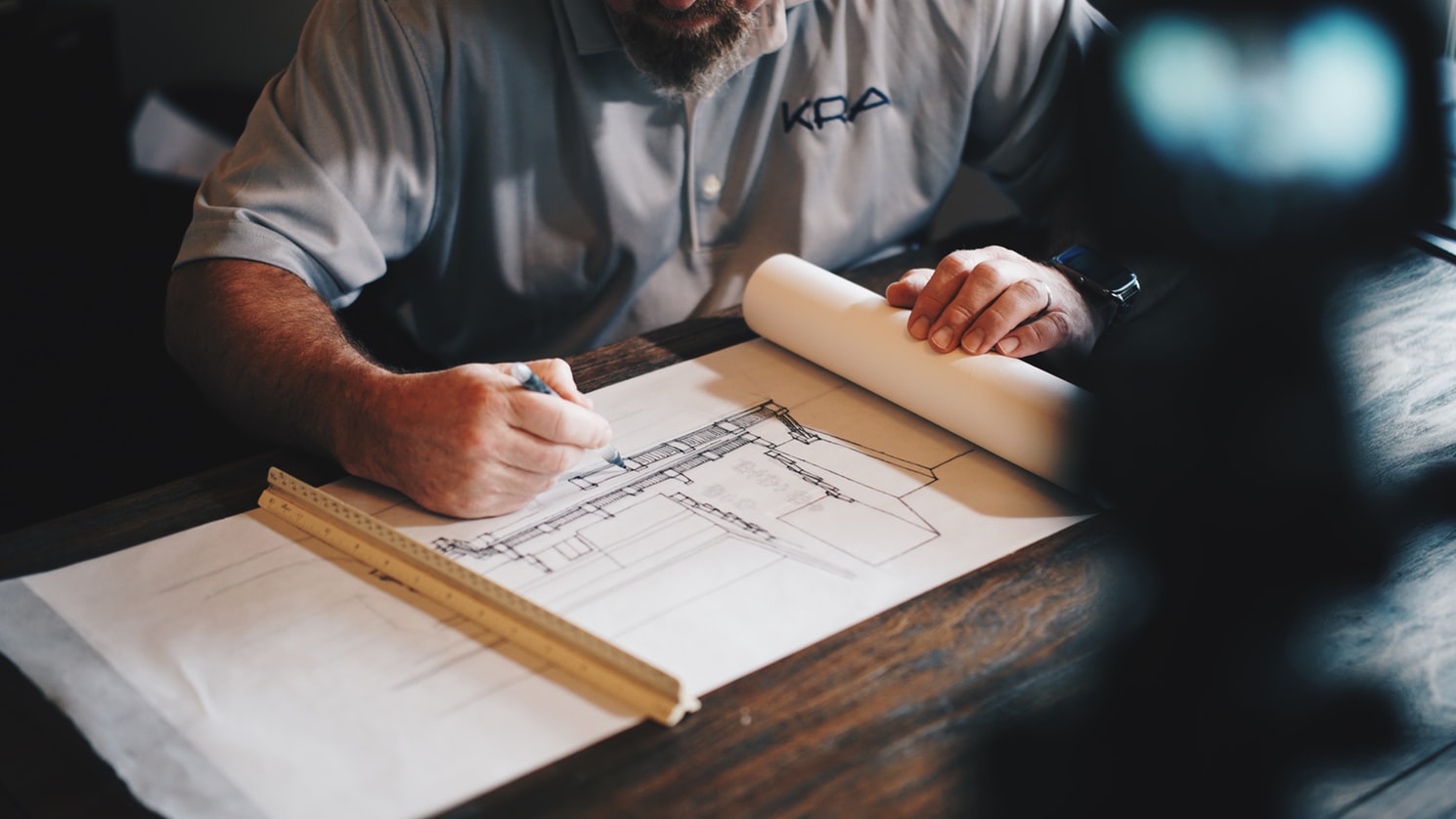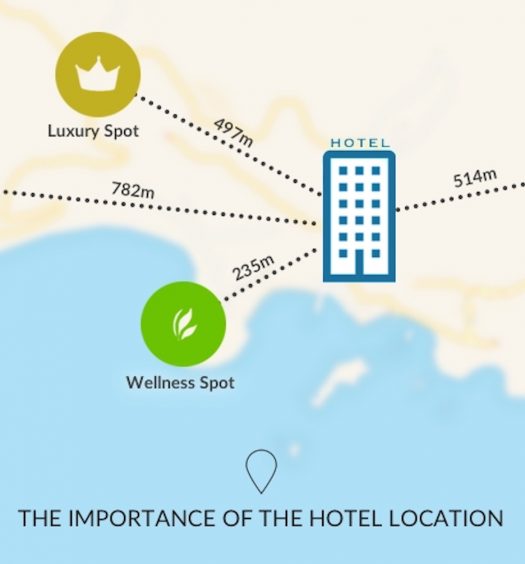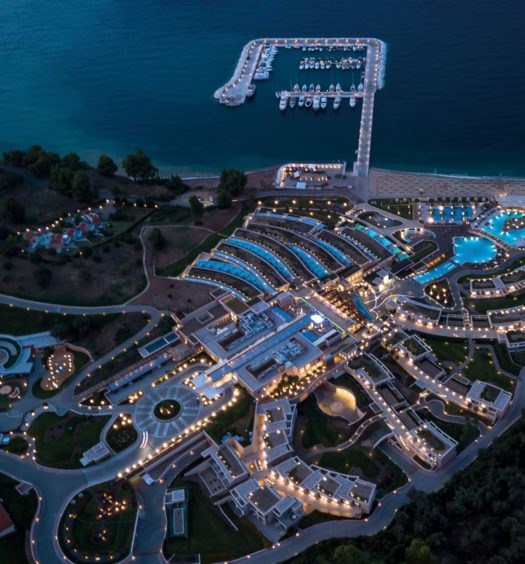All an architect needs to know when designing a hotel, from the general aesthetics to guests’ experience, through 6 simple steps.
10 mins readHotels form an uninterrupted narrative of a ‘story’, filling guests with emotions that define their stay. They have ceased to be considered one-dimensional places of stay, but they have rather become places that give visitors the opportunity to get in touch with the culture of the area they are visiting, to open new fields of knowledge, to feel, discover, relax, and even self-reflect through new experiences.
In the late 70s, Ian Schrager, a genius hotelier, entrepreneur, and owner of the well-known STUDIO54 in New York, mentioned for the first time the experience that a hotel guest lives during his stay. The change in the hospitality spirit has redefined how hotels are created and designed.
Nowadays, a hotel is not designed linearly or solely on the basis of aesthetics and functionality; on the contrary, proper design takes into consideration all aspects of the visitor’s stay, both tangible and emotional. And, of course, it ends with one key goal: to create unique experiences for the traveler. In this article, we are given the opportunity to discuss all the elements an architect should consider when designing a new property in order to achieve a unique and holistic result.
STEP 1: The importance of storytelling through a dynamic Hotel Concept

The new philosophy on how hotels are made has also changed the way architectural design is approached. The architect now studies, designs, and decodes the storytelling of the hotel through the design process. While designing, he answers the question: ‘what story do you want your hotel to tell?’ Consequently, the storytelling of a property is defined by the hotel concept, which becomes the cornerstone of the building – literally and metaphorically. The hotel concept shapes the identity of the hotel and analyzes in detail the semantics surrounding the guest experience. The volumes, the forms, the functionality, the materials, and their combination, give flesh and bones to the story of the hotel.
Τhe Hotel Concept does not only specify the architectural structure of the property, but it also affects greatly other important parts, such as:
- The hotel’s Design Concept includes everything from the common and private areas’ images to the textures.
- The hotel’s facilities, such as restaurants and food branding, but also wellness facilities.
- The strategy behind the operational procedures, which ideally will be in complete harmony with the main idea.
- The Signature Experiences’ definition and specification that every property will offer to its guests.
- The branding specification and the communication strategy, including the logo and the printed and digital material that will be used for the hotel’s promotion.
*Sponsored
 Develop an impressive Hotel Concept!
Develop an impressive Hotel Concept!
Destsetters’ most Premium Service, which specifies dynamic Hotel Concepts for new (under development) hotels or for properties undergoing a complete renovation. The service’s main goal is to create hotels that will stand out from their competitors and have increased profitability perspectives.
In close collaboration with selected Concept Makers, Destsetters develops a detailed brief/manual about the new concept, that helps all the third-party collaborators (Architects, Interior Designers, Marketeers etc) to better understand the property’s vision, make a better budget management, and create a final product with enhanced competitive advantages.
Learn MoreIf you are interested in developing a concept for your hotel, you can contact directly with Mr. Zenios Zeniou at zenios@destsetters.com
STEP 2: The hotel design’s connection with the area it is located and its external elements
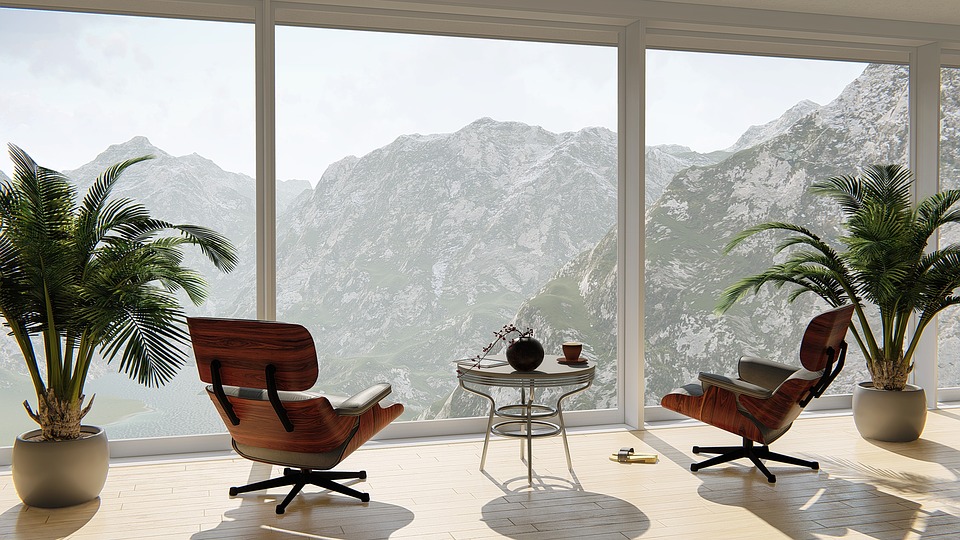
The climate conditions of the area where the hotel is located are one of the first and most important factors to consider in the study. They greatly determine the sections of the hotel’s outdoor environment, how they interact with the property’s interior, as well as what experiences guests can live in the hotel.
The orientation of the plot or building and its ‘collaboration’ with the sun’s motion around it, is an inspiration for the architect in order to design the zones, the functions, choose the materials, the textures, and even the colors.
“Design is and of itself is not a competitive position. It’s one leg of the stool. It’s one of many points that go into making something great.” – Avi Brosh, founder of Paligroup Hotels
STEP 3: The first 7 seconds and their defining role in shaping the guest’s overall image
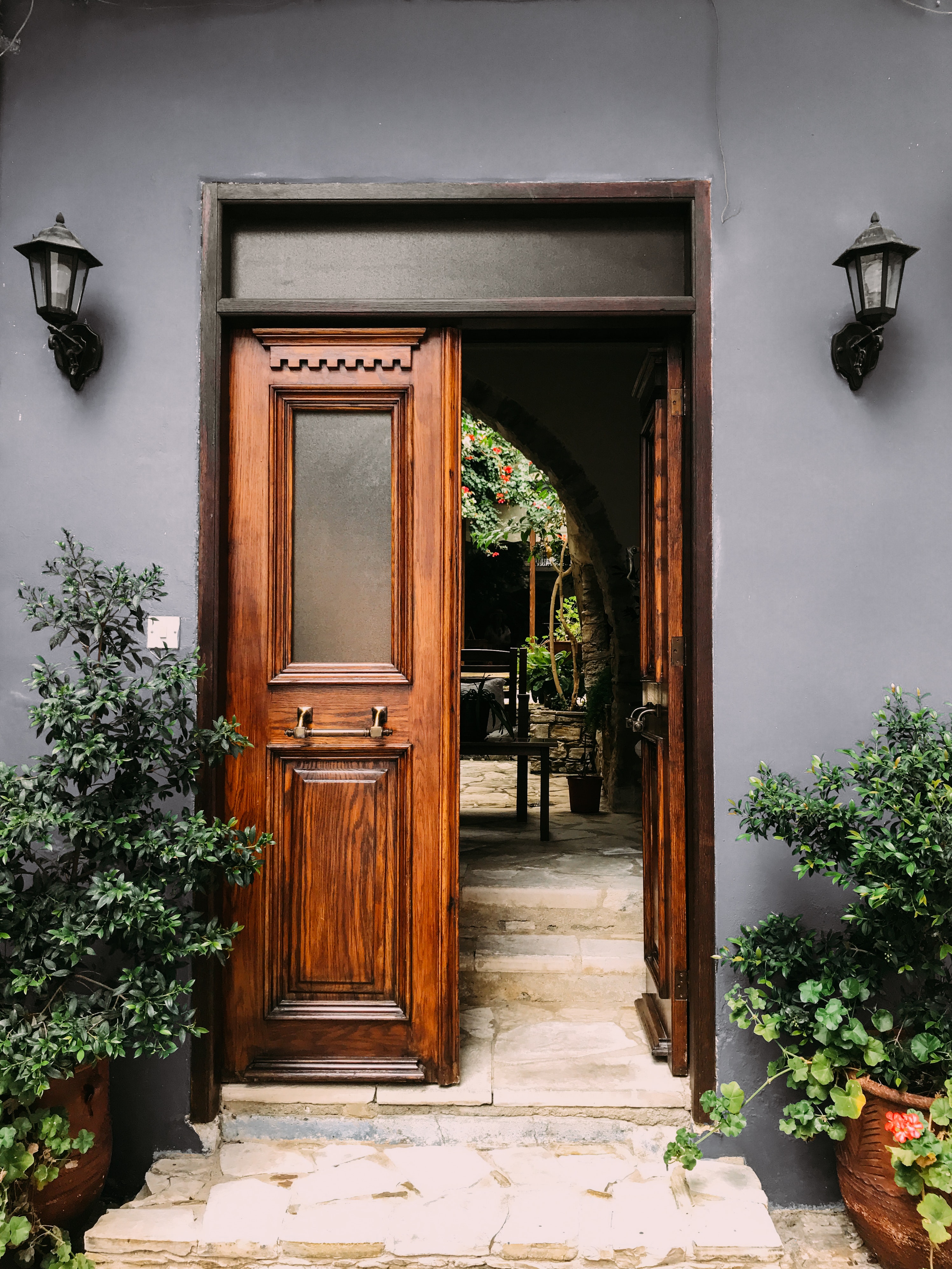
During the design study, following the hotel concept, the architect must prioritize the key areas in the composition of the hotel’s interior. Starting from the entrance of the hotel, which can be compared to the ‘backyard’ of a house, and which is the client’s first reception point, the architect needs to greatly appreciate the fact that in this point guests will shape their first impression of the property. If you consider that the first 7 seconds of our contact with something new, shape and define our final impression (filtered by the ‘sixth sense’, the intuition), then we can easily understand how important is the entrance of the hotel, our ‘doorstep’, to positively predispose the visitor.
In this context, the aesthetics of our entrance must be in line with the design concept of the hotel and, why not, activate the customer’s senses. Functionally, the entrance of each property should allow the smooth passage of travelers and staff. At the same time, the designer should ensure that the entrance is clearly positioned and visible at first glance, no matter how strange the morphology or layout of our hotel is – there is nothing worse than a tired traveler searching to find the entrance to the hotel!
After crossing the threshold, we arrive at the reception, which is, in theory, the point where the traveler will feel safe and ready to be taken care of by the staff. The warm welcome, in addition to an immediate sense of intimacy, gives the traveler a feeling of ‘confirmation’ that he made the right hotel choice. If the doorstep has to impress the visitor, the reception should be the first point the customer will spontaneously pick up his phone and take a photo!
The last stage of customers’ arrival at the hotel is the route from the reception to the room, which should prepare them for a smooth transition from the public to the more private area. The route should relax but at the same time intrigue travelers, giving them a first glimpse of the surprises, the hotel may hide, both in public areas and in the rooms.
Do not be afraid to make the reception/lobby area your property’s reference point. Create a unique gathering space for your visitors and dare to innovate. The unique aesthetics and design of this site will not only satisfy your visitors, but it will also encourage them to share their experience and ‘image’ they see with their social media network.
STEP 4: The rooms’ design, as the private space of the traveler, takes into consideration every detail of the hotel
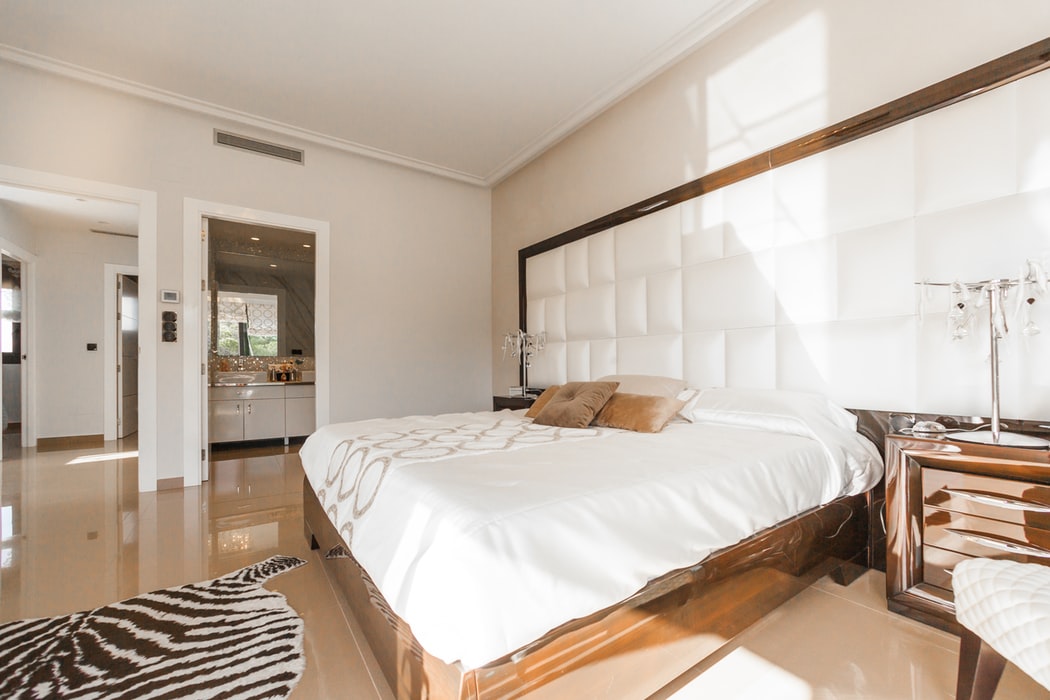
The room! One place, so many stories together. Travelers’ Ithaca and their greatest expectation of what they chose. Here, the hotel’s storytelling is captured in all the elements that make it up. Configuring the function of the room and dividing it into smart zones that do not stress the travelers, are the key elements of a proper design. A comfortable bed, a spacious shower where you can use without hitting the walls, adequate storage space for clothes and luggage, are just some of the essentials that modern travelers are looking for in their rooms.
In long-stay destinations (and not only), it is particularly smart to provide a dedicated storage area for luggage, but also a dedicated shoe storage space – to keep things simple and keep the room’s image flawless and ‘neat’ throughout the length of the traveler’s stay. It is important for architects to consider all the details that may arise during a stay so that they can study the design effectively. The stay of the traveler in the room must be directed, while the hotel concept should transform the narrative into a floor plan and then into a scenery where materials, textures, colors, and lighting come together to create an integrated experience.
STEP 5: The man and his experiences at the heart of design study

Every building and space is architecturally designed with a focus on the human being and the service of both functional and aesthetic needs. The hotel is the canvas where many different people, coming from different cultures and with different needs, are invited to live a common experience, with a different impact on each of them.
Relaxation, fun, entertainment, gastronomic enjoyment, socialization, the need for people to interact, create memories and share them, make it necessary for the architect to study of traveler’s habits and how they will be treated, to the maximum extent inside the hotel and how all the above will be translated into experience.
“When I go to a hotel, I want to feel like a guest in a good friend’s house. I want to be treated nicely and have every whim catered to. It means if I want room service that it’s quick, inexpensive and tastes good.”- Ian Schrager
STEP 6: The hotel’s common areas complete the customer experience
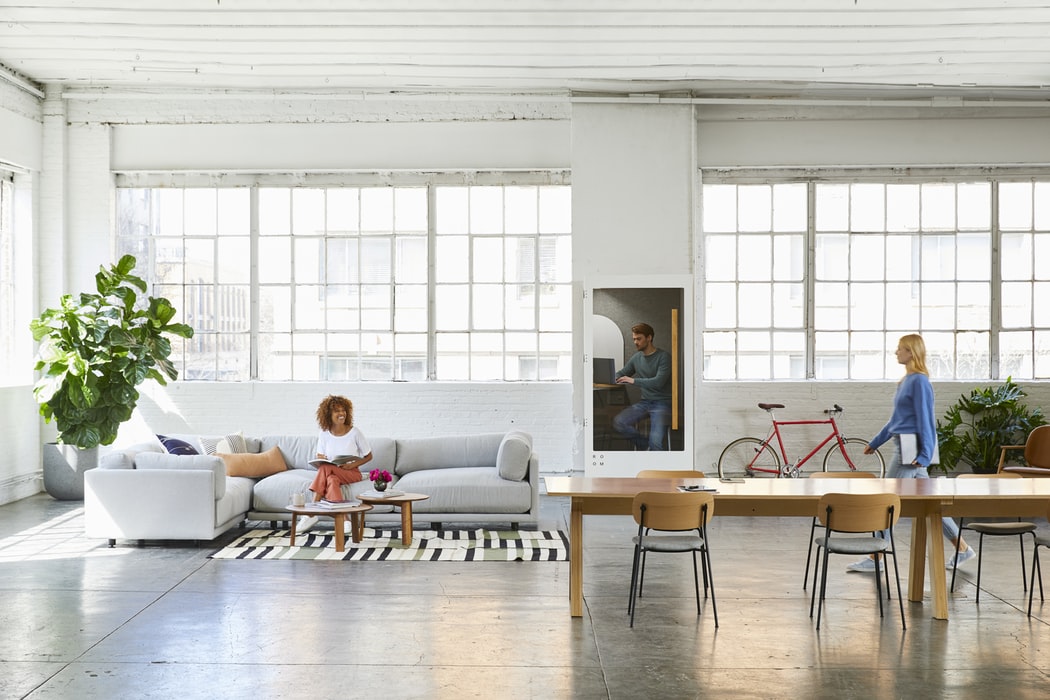
The hotel’s activities and socialization areas, such as the lounge, the breakfast, and the restaurant area, the pool area, etc., are essential elements of the hotel’s development body. They complete the visitor experience by shaping the final image of the property. The forecast of common areas, regardless of the total square of the property, is a point that the architect has to pay attention to during the study. It highlights the entire branding of the hotel and makes it a meeting point for both visitors and residents of the city where the hotel is located.
After all, a key part of every traveler’s overall experience in a new destination is socializing – whether with other hotel occupants or with locals. Therefore, a lively and fun common area can have significant benefits, which not only remain part of the guest experience but also affect the property’s overall revenue through outlet sales.
Conclusion
The hotel always remains a living organism and at the same time a product that is highlighted and served from the general architecture. In collaboration with the hotel’s Concept Makers and based on the brief development of the new hotel product, the architect can truly take off his design inspiration and present a unique result that will guarantee a top-notch experience for every traveler. And, as everything is connected, the right design will lead to unique and happy guest experiences, happy customers will leave positive reviews, and positive reviews will bring more sales. It is simple logic.

